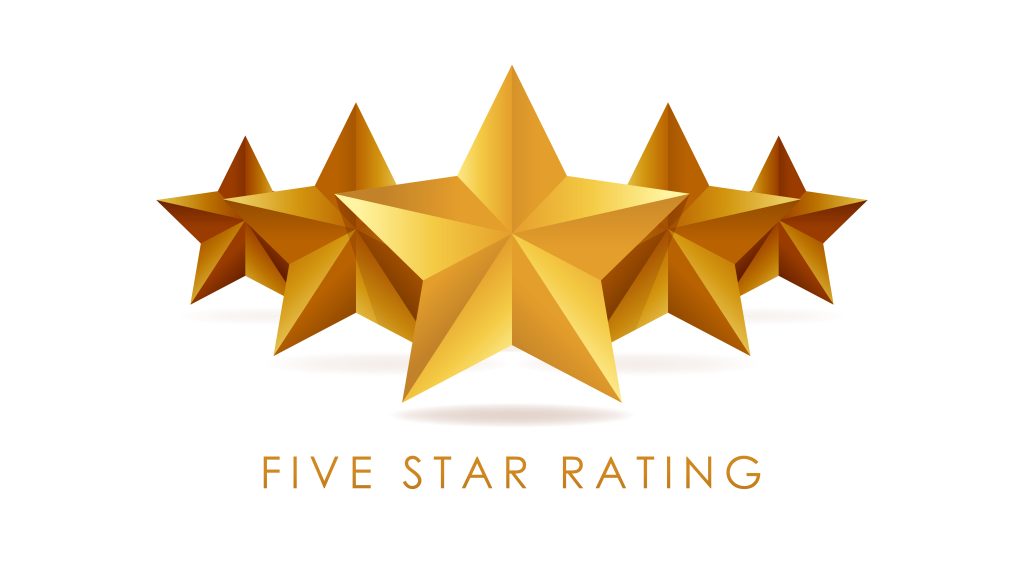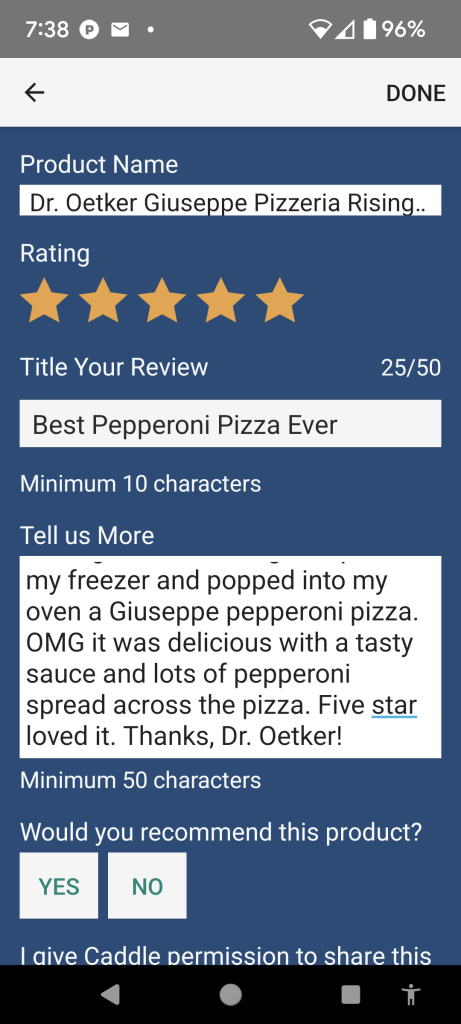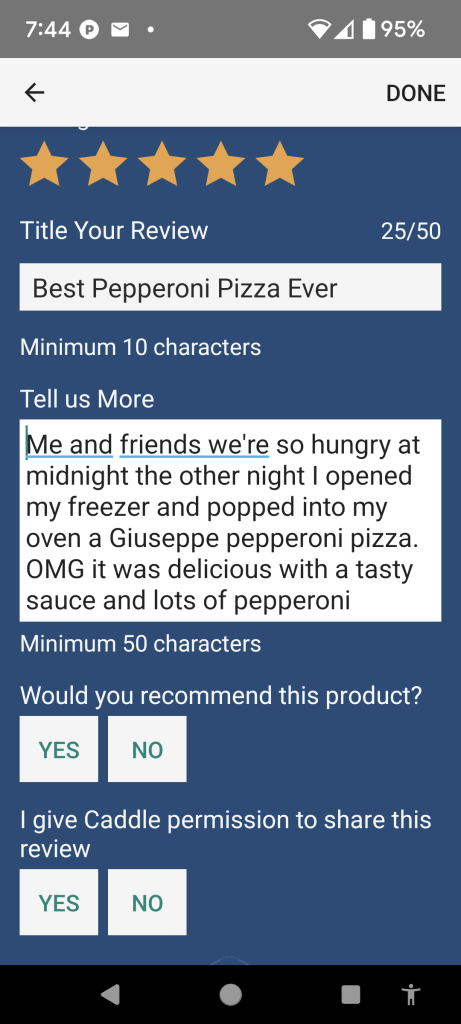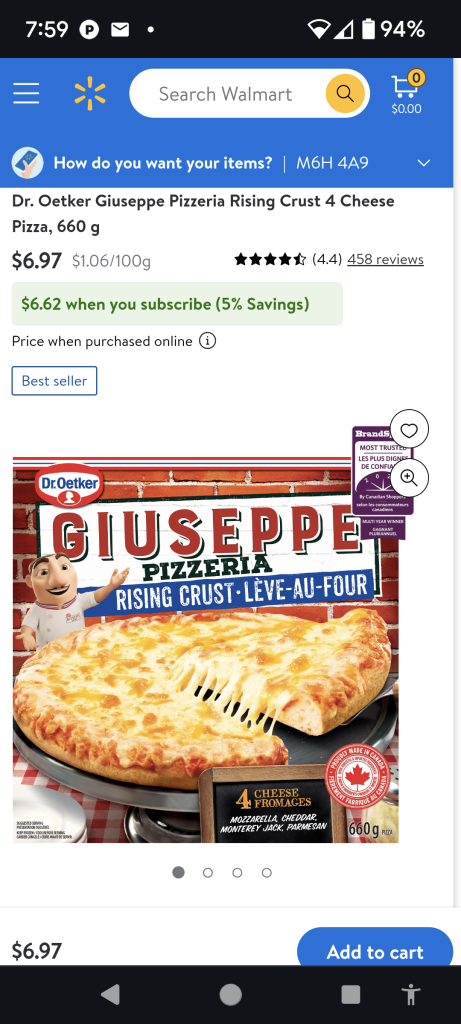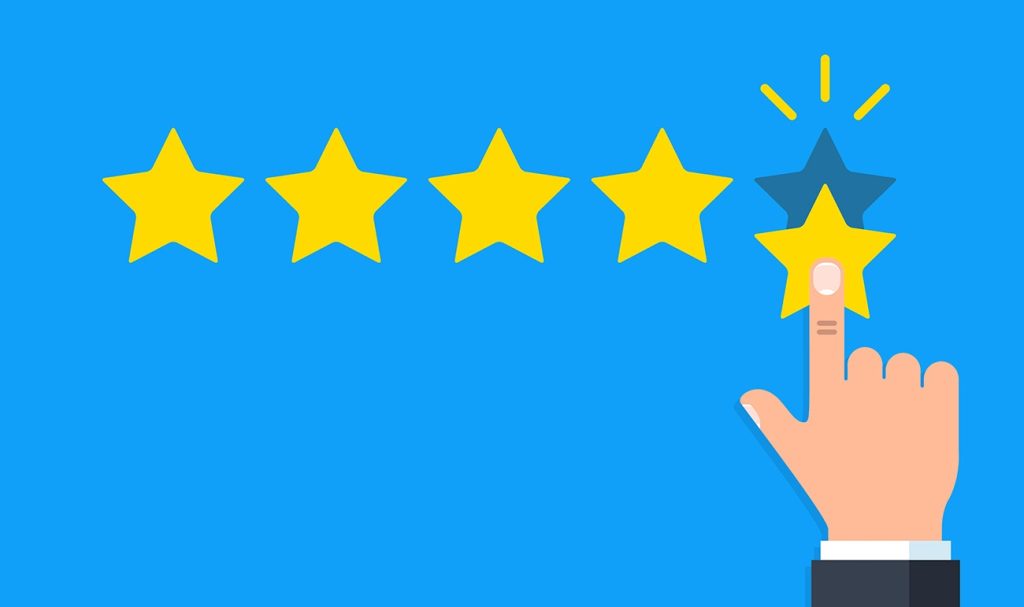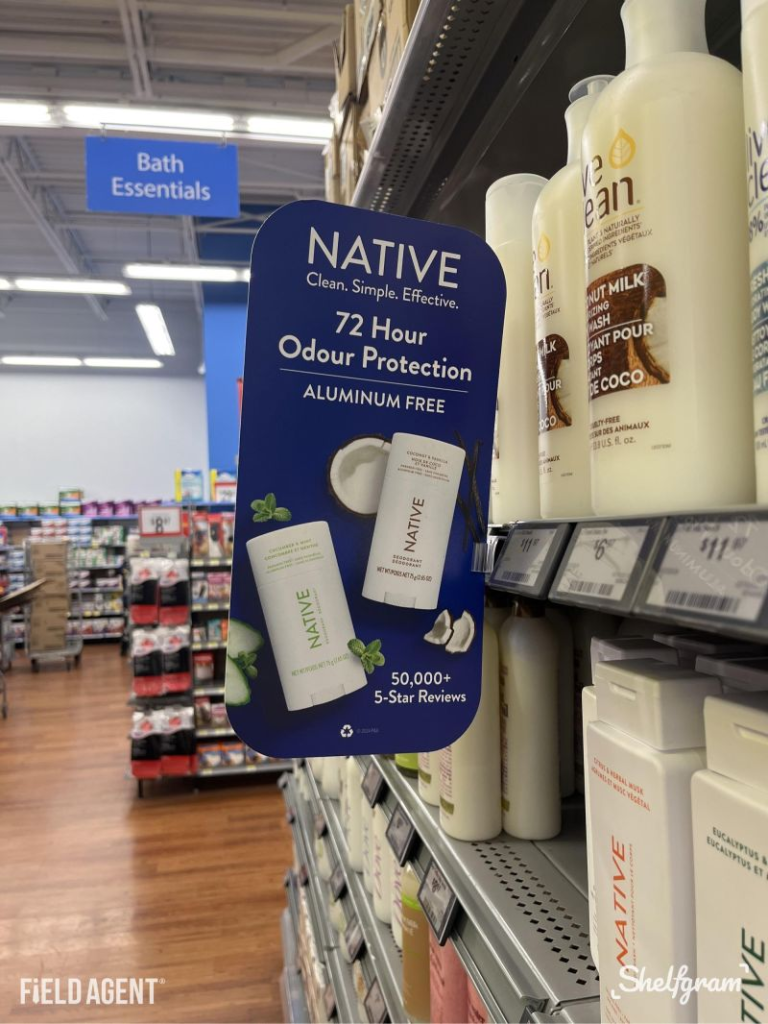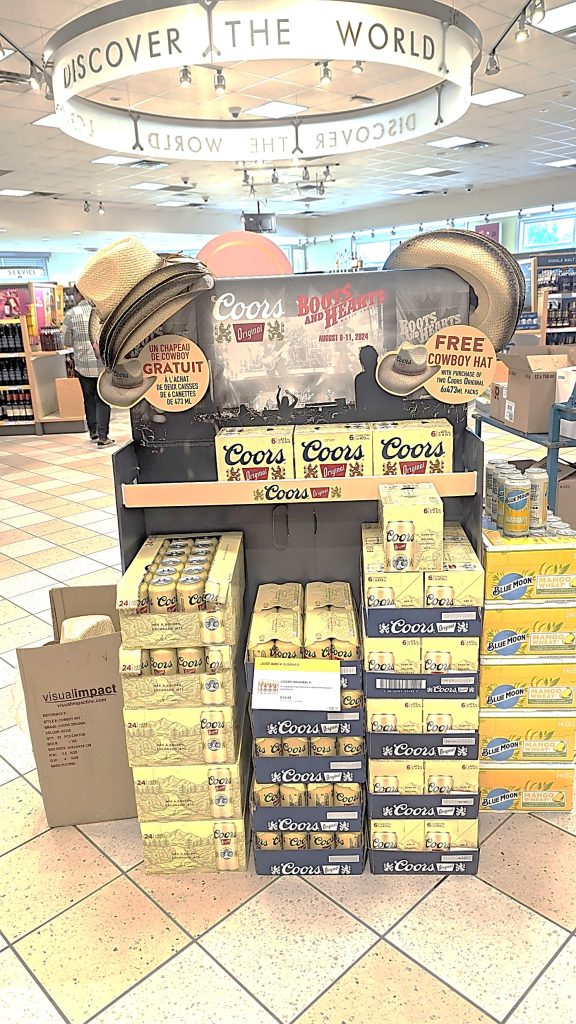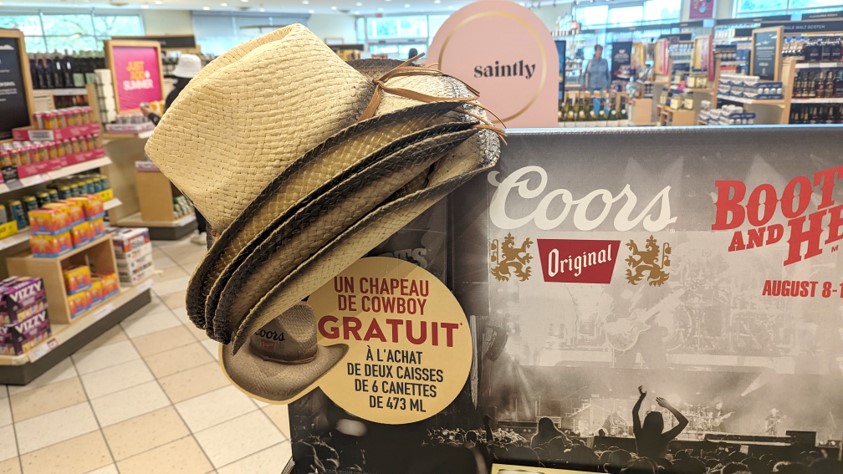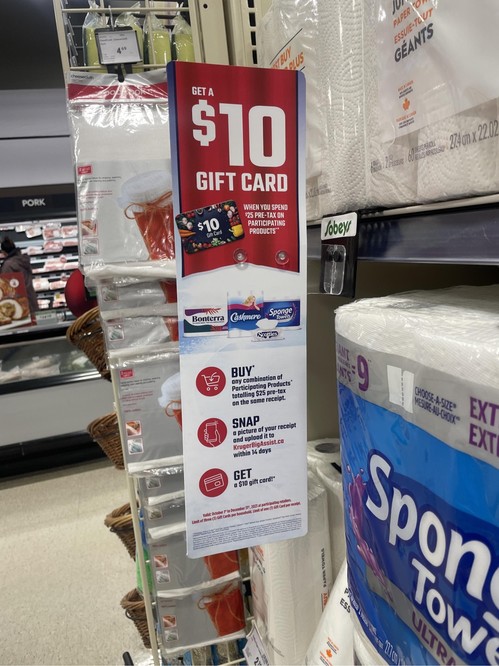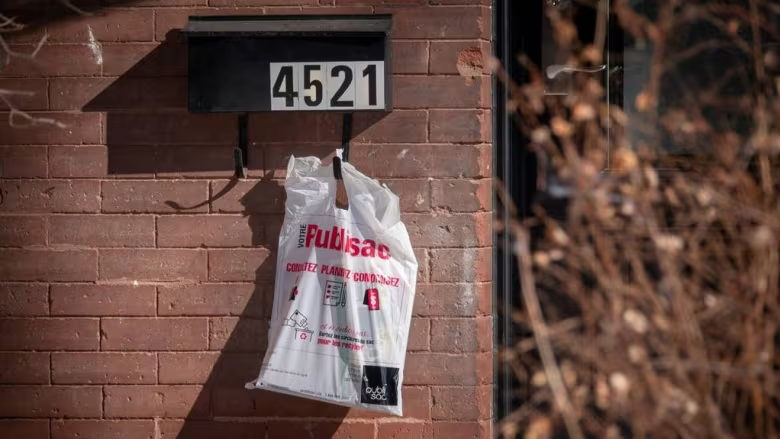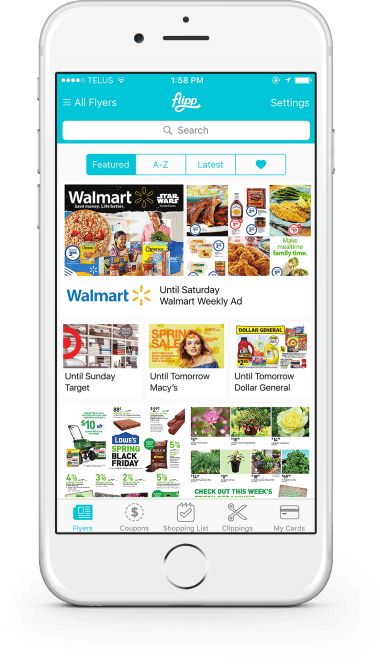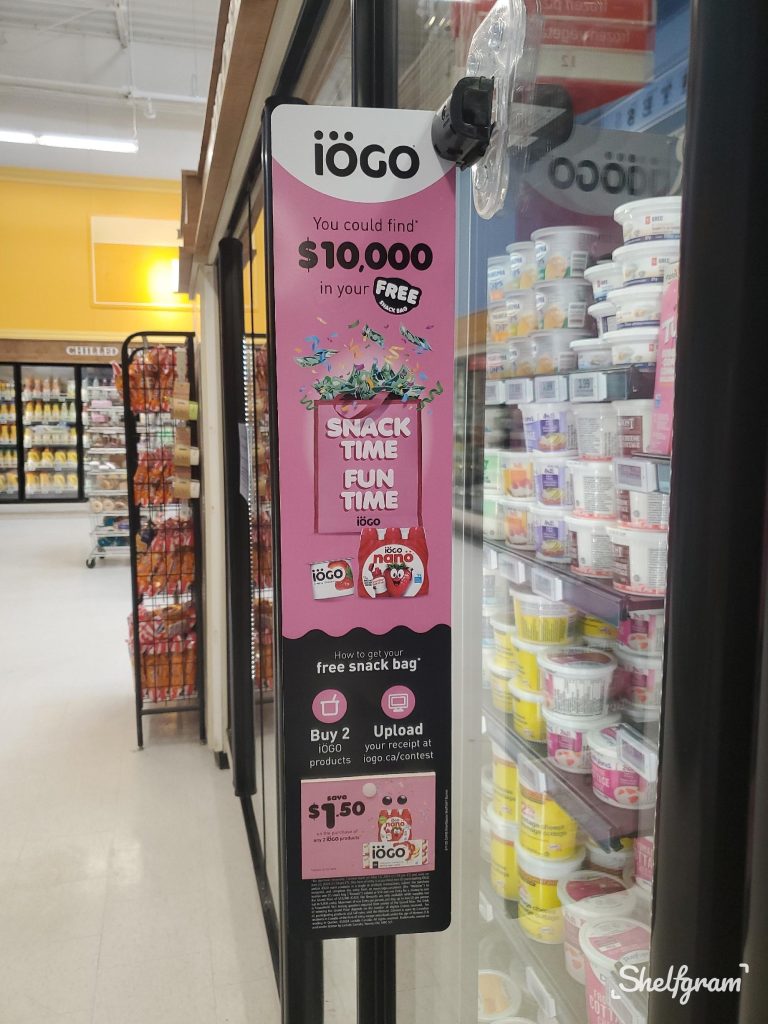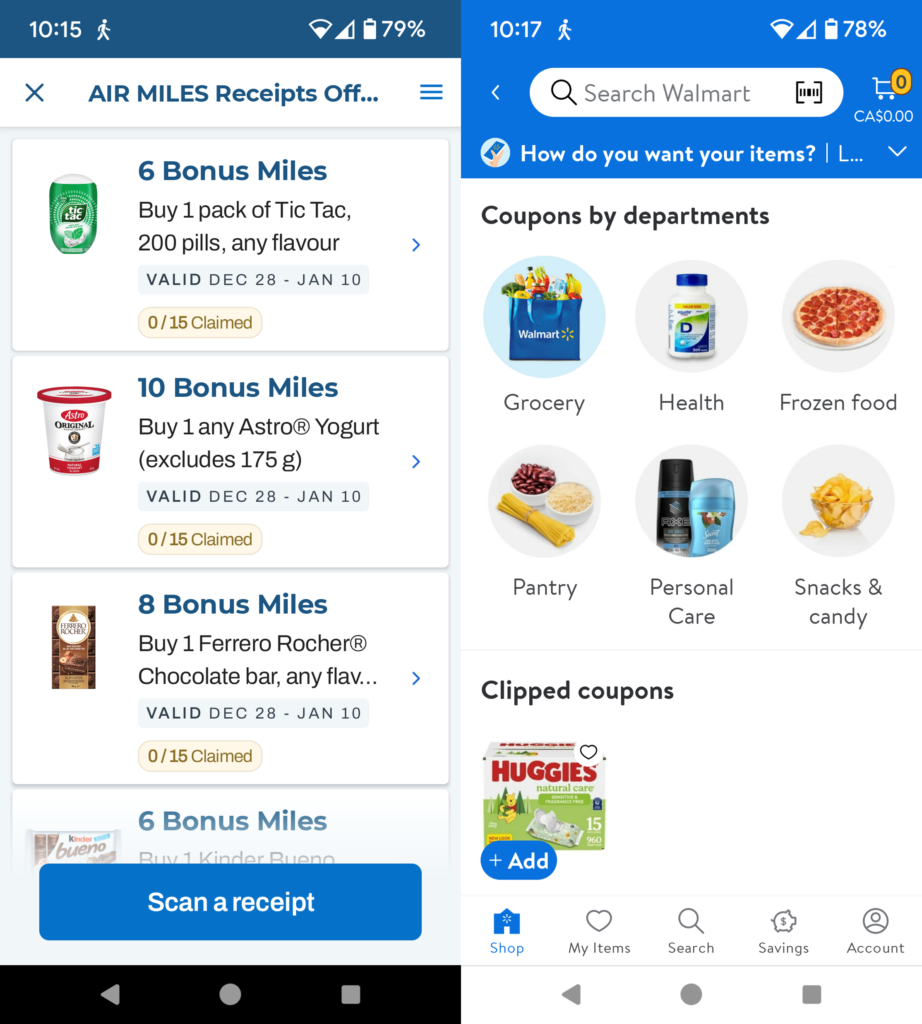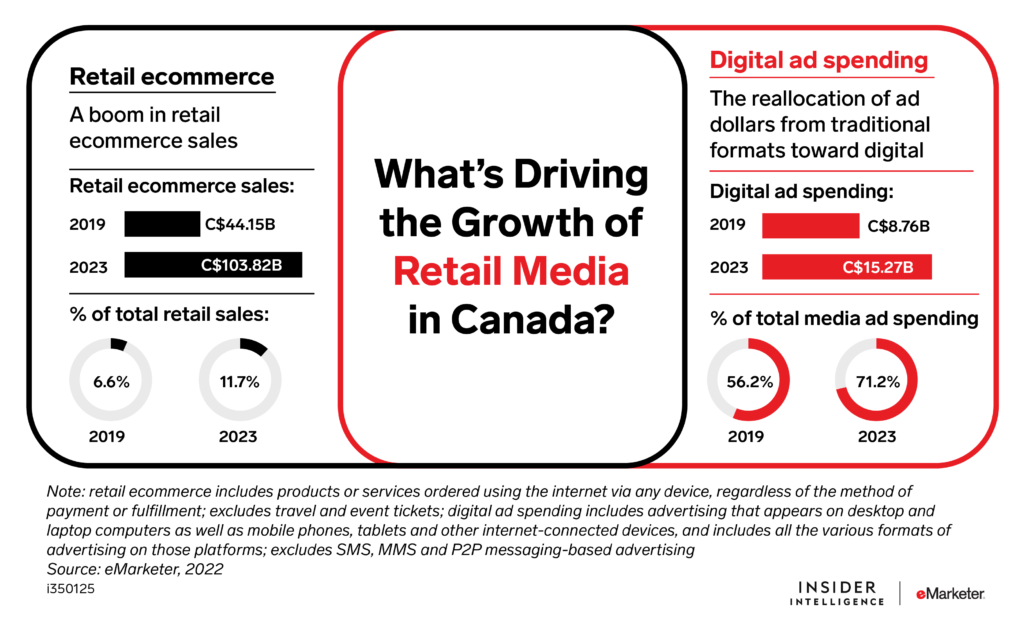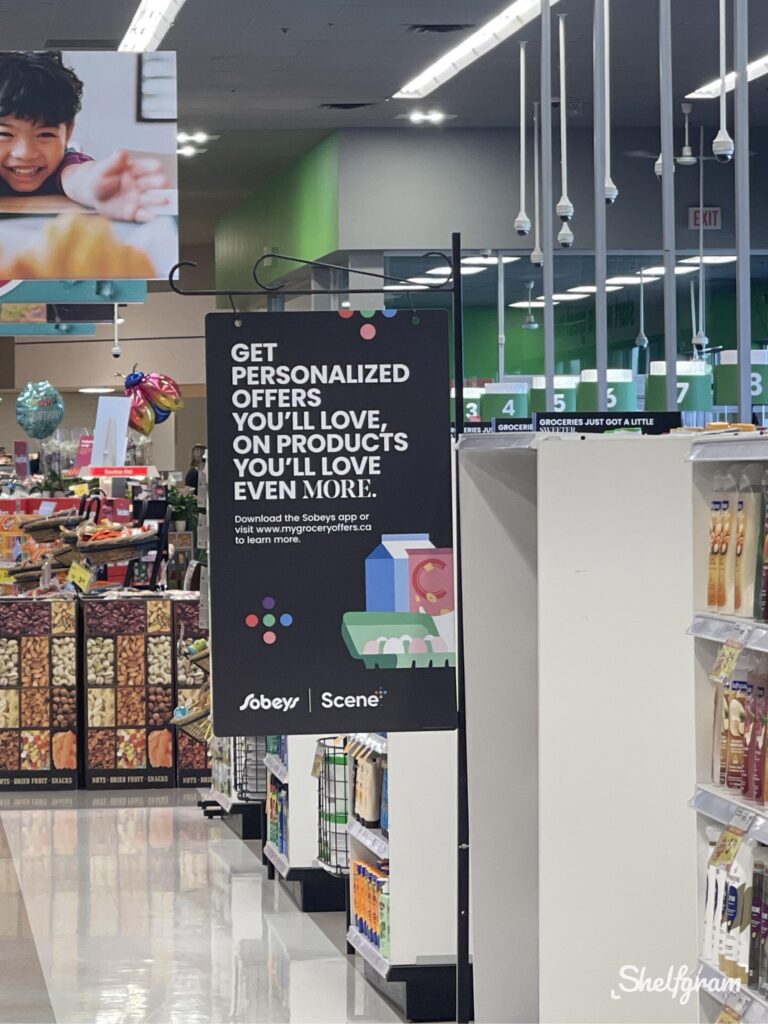5 Exciting Insights from My Kroger Store Visit in Toledo Ohio
Toledo is home to the Mud Hens, Tony Paco’s, Klinger and my mother-in-law. So, whenever we visit, I love doing in-person store checks in grocery stores. This morning I did a store visit of the local Kroger grocery store. As I was walking through it, I made some key observations.
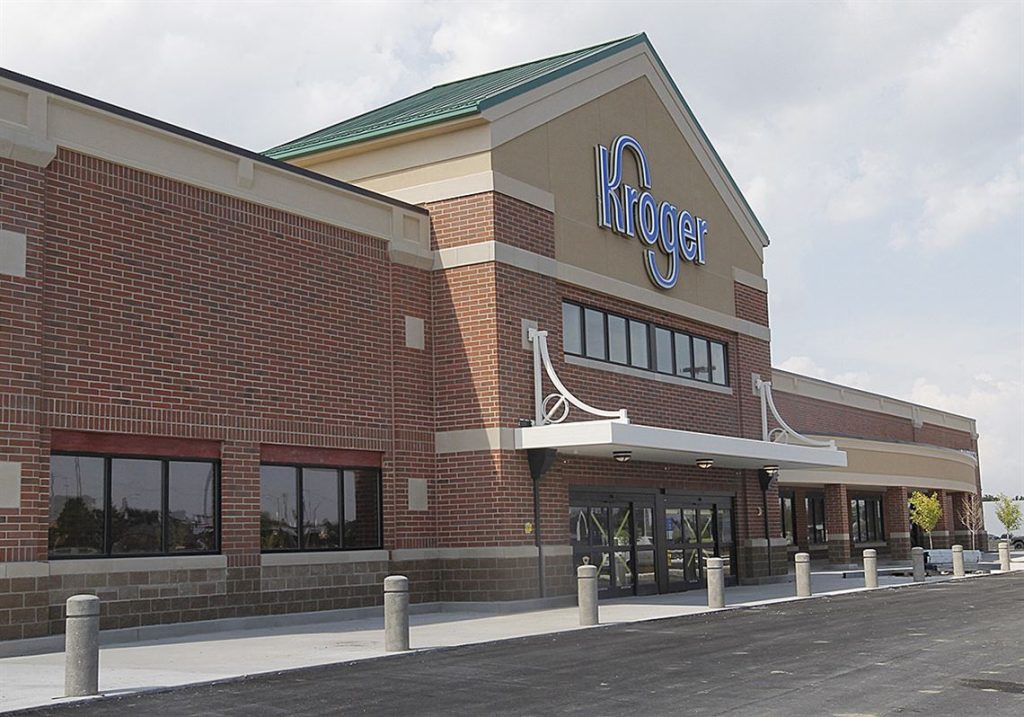
1-FLOOR MEDIA: For a variety of reasons, including safety concerns and cleanliness standards, Canadian grocery retailers do not offer floor decals as part of their retailer media network solutions. Shame. Kroger had at least a dozen floor media executions that I found to be visually engaging, helped brands reinforce key messaging while directing customers to specific areas of the store.
2-CHOICE: In Canada, shoppers are generally limited in their buying choices for most CPG categories to stores private label plus one or two national brands. Not the case at most US supermarkets. For example, Kroger had an entire aisle dedicated just to cereal.
3-CROSS-MERCHANDISING: Several brands utilized a cross-merchandising strategy with shelf media placements in 2 or more aisles in store. The best example I found came from the @Mars brand Ben’s Original. In the rice aisle, the company promoted its new Street Food product by telling people they can find it in the canned food aisle. In the canned food aisle was a second shelf media ad placement promoting the benefits of the new product: new, fast and flavorful.
4-LARGE DISPLAYS: Kroger’s floor was bustling with massive, eye-catching displays placed in high-traffic areas from top-tier CPGs like @Mondelez (Oreo), @Kellanova (Pringles) and McKee Foods (Little Debbie). No doubt driving impulse purchases.
5-BACK-TO-SCHOOL: The wheels on the bus keep going round and round when it comes to display units during the back-to-school period. Kroger featured school buses from @General Mills (Nature Valley), PepsiCo (Lay’s, Doritos), @Keurig Dr. Pepper (Motts) and Mondelez (multi-brands).
What are your thoughts on these insights?
Have you noticed similar trends in your local stores?
Have any feedback on my content or just want start a conversation about shopper marketing leave a comment or email aaron@jamzmarketing.com.
To see more posts from Aaron Richman click here.
To see my LinkedIn profile click here.
5 Exciting Insights from My Kroger Store Visit in Toledo Ohio Read More »

